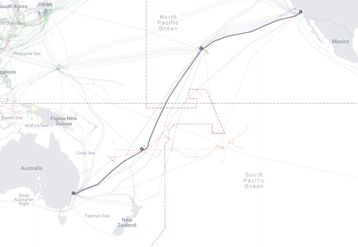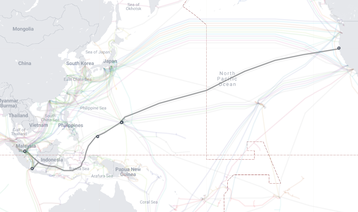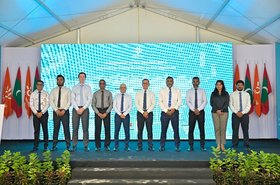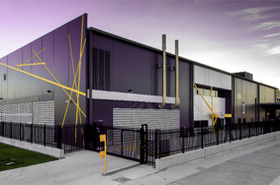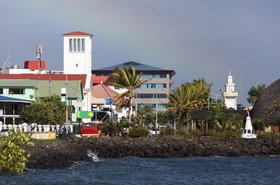The Tabua cable, connecting the US and Fiji, is set to be installed in Q3 of 2025 and be operational by Q1 2026.
According to a LinkedIn post from industry observer Philippe Devaux, Google's Tabua system will have 16 fiber pairs with a minimum design capacity of 17 Tbps each.
In an application filed with the Federal Communications Commission, Google, operating under the name Starfish Infrastructure, has applied to construct, land, and operate the cable.
Tabua, named after a sacred Fijian whale’s tooth, will be split into five segments. The transpacific trunk runs between Los Angeles, California, and New South Wales, Australia. The remaining four segments will connect three islands in Fiji and Hawaii, and Queensland in Australia to branching units on the transpacific trunk.
Detailed locations of cable landing stations are expected to be shared no later than 90 days before construction begins.
Plans for the cable were announced in November last year, in addition to the Honomoana cable, as part of Google’s South Pacific Connect initiative. At the time, capacities and timelines were not shared.
Fiji is currently the landing point for six cables, landing at either Suva or Savusavu. Most connect the nation to other islands in the region, but Fiji is a landing point for both the South Cross and Southern Cross Next cables linking Australia and New Zealand to the US.
The OPT NC-owned Gondwana/Picot-2 cable from 2022 links Fjij to New Caledonia. Interchange’s ICN1 cable from 2014 links the island nation to Vanau. 2013’s Tonga cable – owned by Digicel, Tonga Comms Corporation, and the Tonga government – connects Fiji to Tonga. The Tui-Samoa cable, owned by the Samoa Submarine Cable Company and deployed in 2018, links Fiji to Samoa and Futuna.
Details on Google and Meta’s Echo cable
Details for Google and Meta’s 50-50 owned Echo cable, connecting Singapore and the US, have now been shared.
The subsea cable is the first to directly connect the US to Singapore, creating a new route in the Trans-Pacific.
Echo's subsea system will connect California, Jakarta, Singapore, and Guam, spanning 17,000km.
According to a blogpost from industry expert Robert Beck, the cable is expected to be ready-for-service in 2025. Google and Meta had previously estimated completion for this year.
Beck said the cable has a design capacity of 144 Tbps, adding it is likely the cable will be upgraded to reach 180 Tbps.
In January this year, Telstra said it had partnered with Trans Pacific Network (TPN) on the Echo subsea cable. XL Axiata is landing the cable in Indonesia and will partner with Telstra to deliver services into Indonesia. Telstra has also purchased four fiber pairs on the cable.

